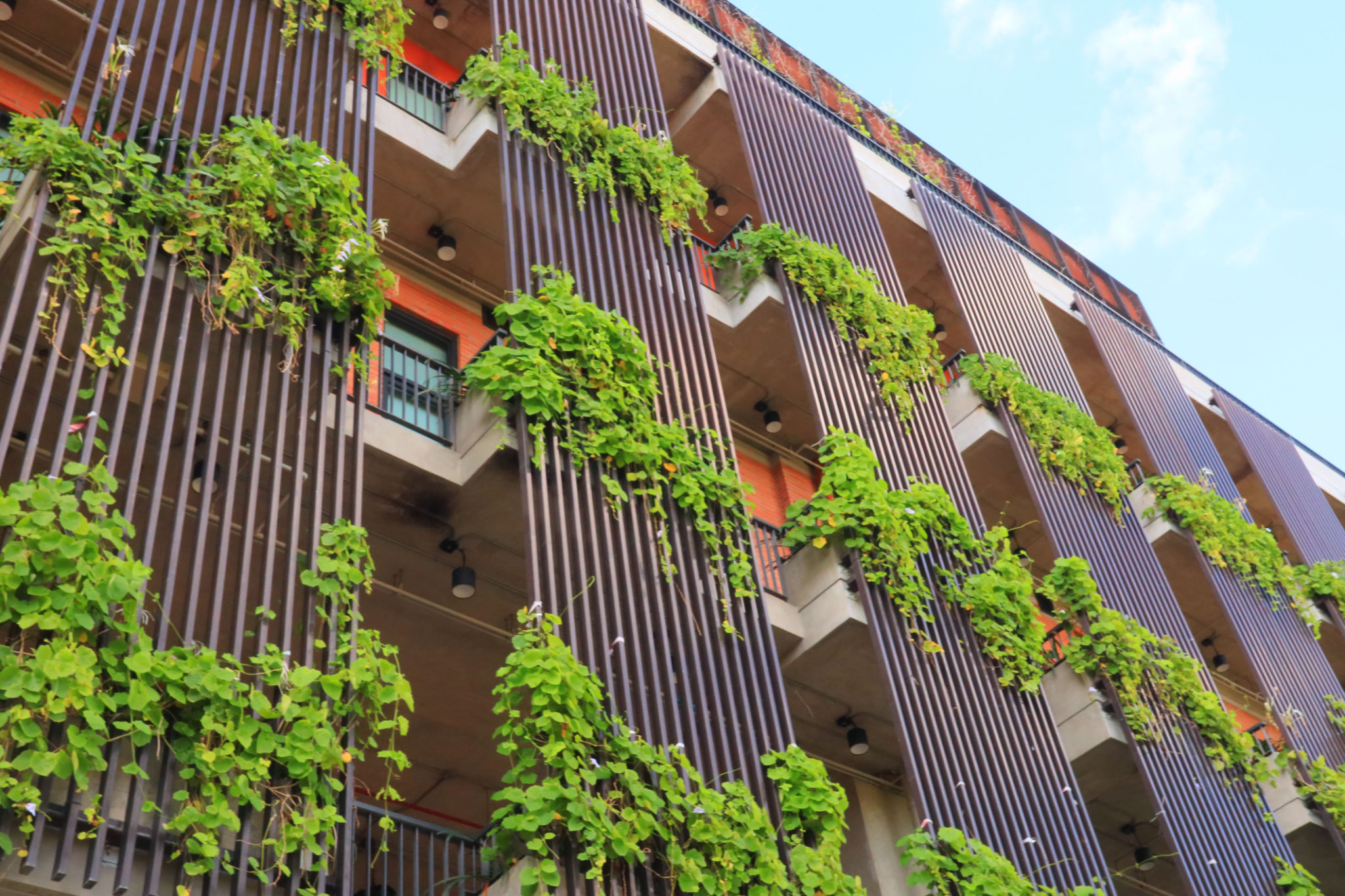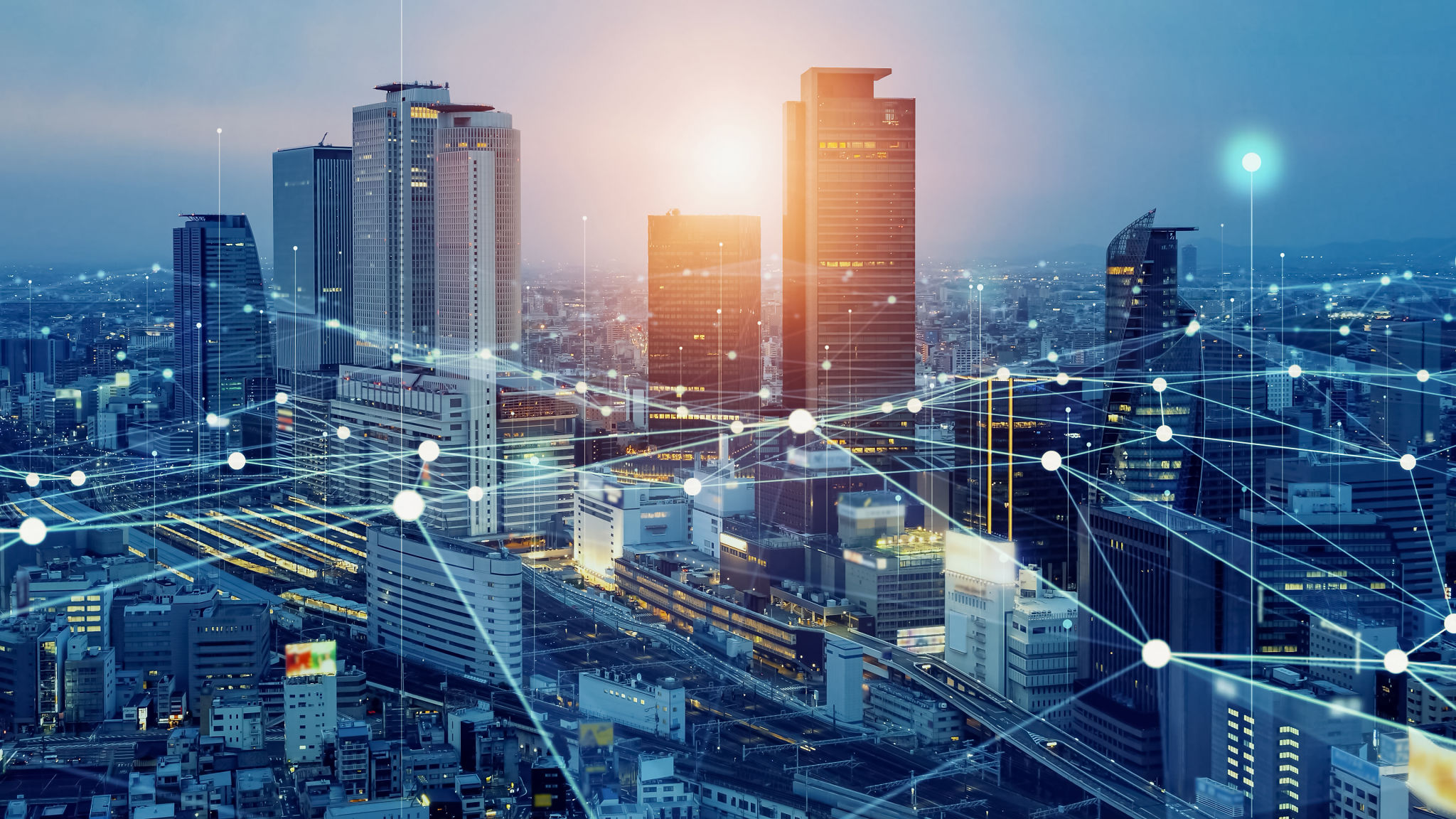Emerging Trends in Commercial Building Preservation and What They Mean for You
Understanding Commercial Building Preservation
The realm of commercial building preservation is evolving rapidly, bringing with it a host of new trends. Preservation of commercial buildings is not just about maintaining the aesthetic appeal of structures; it is also about ensuring their functionality, sustainability, and compliance with modern standards. These emerging trends are reshaping how we view and manage our architectural heritage.
As global awareness of environmental issues increases, the preservation of commercial buildings is increasingly intertwined with sustainable practices. This shift is not just a trend but a necessity that impacts everyone from property owners to tenants and even the surrounding community.

Innovative Preservation Techniques
New preservation techniques are continually being developed, ensuring that buildings not only retain their historical value but also meet current safety and efficiency standards. One such technique is advanced 3D scanning technology, which allows precise measurement and analysis of building structures. This technology is crucial for identifying areas that need repair or reinforcement without causing any damage to the original architecture.
Another innovative approach is the use of non-invasive materials that blend seamlessly with existing structures. These materials help in reinforcing buildings without altering their historical aesthetics. Building owners should consider these techniques when planning preservation projects to maintain the integrity of their properties.

Sustainability in Building Preservation
The integration of sustainable practices in building preservation is more critical than ever. Implementing energy-efficient systems, such as solar panels and smart lighting, can significantly reduce the environmental impact of commercial buildings. Moreover, green roofs and walls are becoming popular as they help reduce energy consumption and improve air quality.
For building owners and managers, investing in sustainable preservation methods not only helps the environment but can also lead to long-term cost savings. It is essential to work with experts who understand both preservation and sustainability to achieve the best results.
Technological Advancements
The role of technology in building preservation cannot be overlooked. The use of Building Information Modeling (BIM) has become a game-changer in the industry. BIM allows for the creation of digital representations of physical and functional characteristics of buildings, aiding in efficient management and renovation plans.

Additionally, smart sensors are being utilized to monitor structural health continuously. These sensors provide real-time data on various parameters like temperature, humidity, and structural integrity, allowing for timely maintenance and repairs.
Impact on Stakeholders
The emerging trends in commercial building preservation have significant implications for various stakeholders. Property owners must adapt to these changes to enhance the value and longevity of their assets. Tenants benefit from improved safety standards and more sustainable environments.
Community members also have a stake, as preserved buildings contribute to local identity and heritage. Engaging with preservation trends ensures that these structures continue to serve as landmarks and community hubs for future generations.

Conclusion
In conclusion, the landscape of commercial building preservation is transforming through innovative techniques, sustainable practices, and technological advancements. For building owners, understanding and integrating these trends is vital to maintain the value and relevance of their properties.
As these trends continue to evolve, it is crucial for all stakeholders involved to stay informed and proactive in implementing strategies that preserve our architectural heritage while meeting modern demands.